DENVER (March 30, 2021) – “This new science should ring alarm bells whether or not you have heard of sagebrush or the sage-grouse,” said Brian Rutledge, director of the National Audubon Society’s Sagebrush Ecosystem Initiative. “These birds are found across 11 Western states and are a reliable indicator of how other wildlife and the greater ecosystem are doing. It’s clear, they need help.”
The United State Geological Survey (USGS) released a groundbreaking report today showing that Greater-Sage Grouse populations have declined 80 percent since 1965, a more dramatic decline than previously thought. There are more than 350 different species of wildlife and plants as well as hunters, ranchers, and whole communities that depend on a healthy sagebrush steppe.
Between invasive species, wildfires, and unbridled development, it’s clear we have an emergency in the West,” said Rutledge. In today’s report, USGS also unveiled its ‘Targeted Annual Warning System’. “Information is power and now we have an important tool that can help effectively focus conservation efforts,” said Rutledge. Thank goodness., This bird and ecosystem need all the help they can get right now.”
In 2015, stakeholders from across the West put politics aside and reached an agreement to save this landscape—an agreement that the last administration ignored and undermined. A July 2019 report issued by Audubon, along with the National Wildlife Federation and The Wilderness Society, found major increases in leasing and drilling authorized in sage-grouse habitat, despite a requirement in the 2015 BLM plans to prioritize development outside sage-grouse habitat.
This report comes on the heels of another report released by USGS earlier this month, the Sagebrush Conservation Strategy – Challenges to Sagebrush Conservation. Prepared in cooperation with the Western Association of Fish and Wildlife Agencies, the Bureau of Land Management, and the U.S. Fish and Wildlife Service, that comprehensive report highlighted the loss and degradation of the sagebrush ecosystem. “Today, we see additional science that shows alarming range-wide declines of an iconic bird that is completely dependent on this ecosystem,” said Rutledge.
“This is the ultimate call to action for our state and federal leaders to work together and for Congress to invest in restoration of the sagebrush ecosystem. We have a lot at stake, but if we act quickly, we have an opportunity to not only save sage-grouse, but also restore and rebuild sagebrush country, all while creating new jobs for the people who call it home.”
This article was first published by Audubon on 30 March 2021. Lead Image: A pair of Greater Sage-Grouse. Photo: Evan Barrientos/Audubon Rockies.
What you can do
Support ‘Fighting for Wildlife’ by donating as little as $1 – It only takes a minute. Thank you.

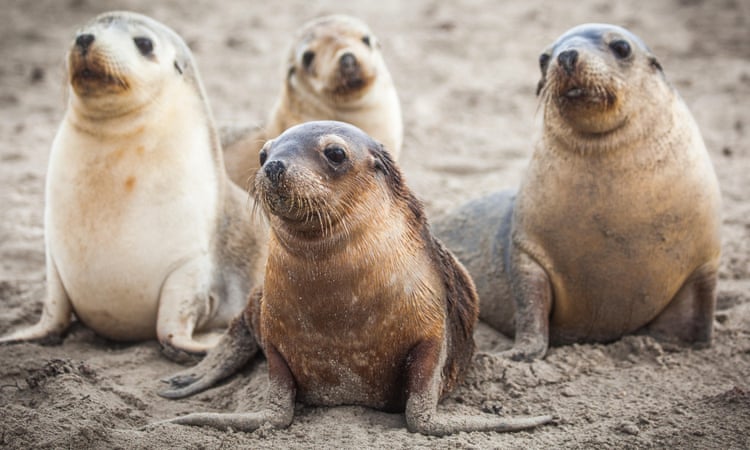
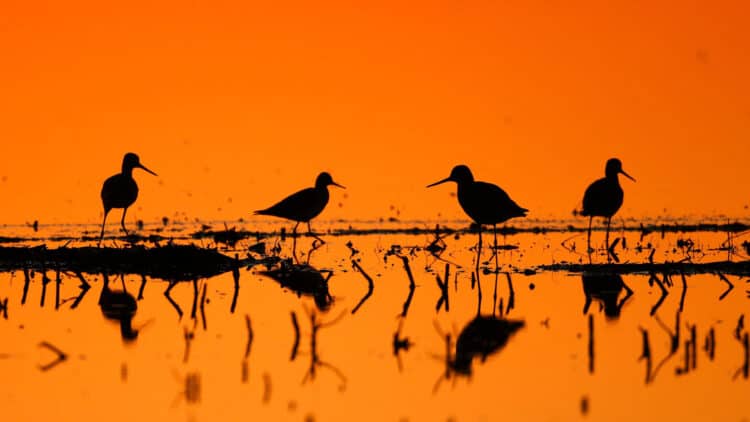

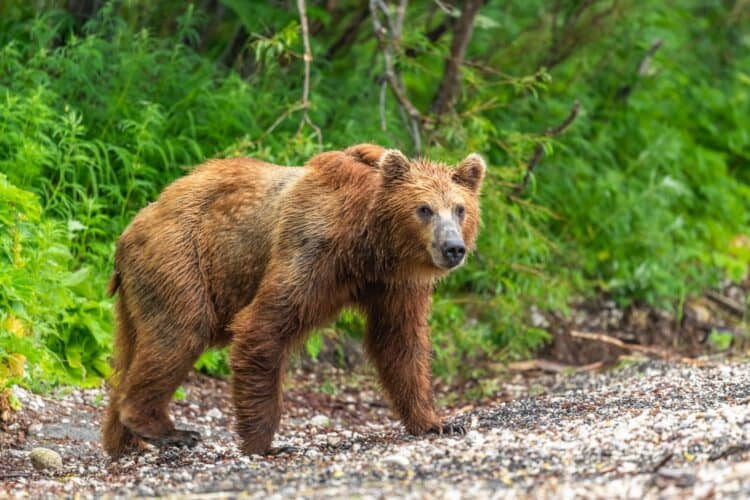
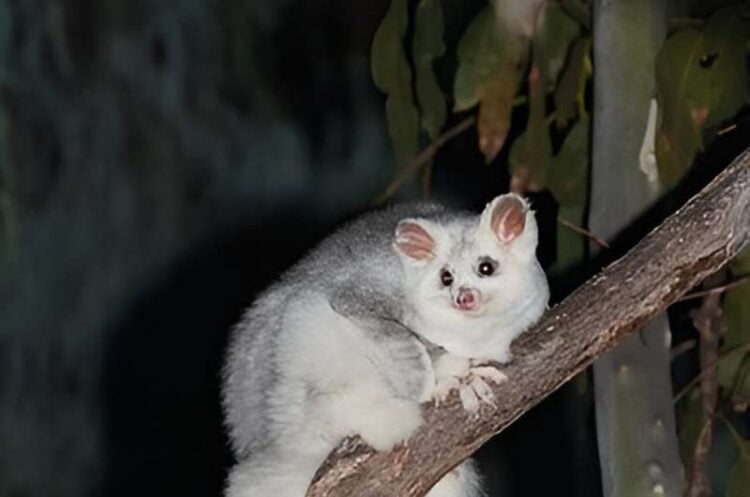
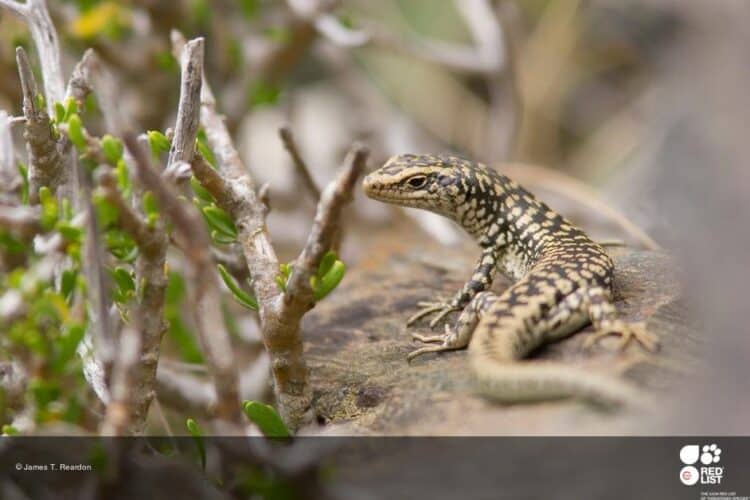
Leave a Reply